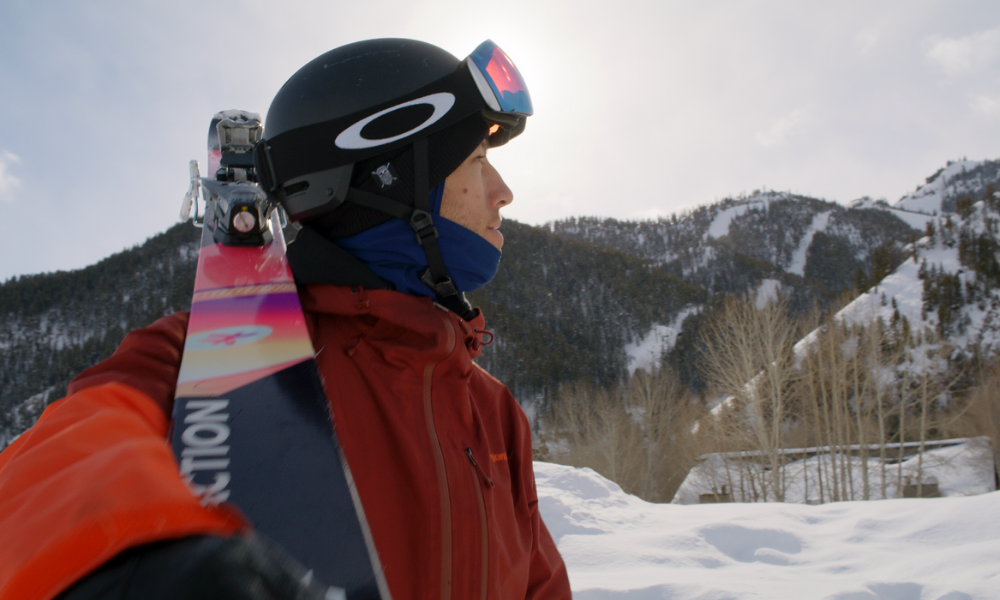
Mindset For Opening Week
The season is upon us. That special time of year when all the waiting comes to an end. For many of us, we’re weeks away from riding the first chair and getting back to the sport we love. The stoke is particularly high around the world as skiers pull their gear from the garage, tune their edges, and anticipate putting all their off-season training to the test. It’s because of this excitement that I write this post.
I want to be clear: I am committed to helping you optimize your performance so that you can maximize your enjoyment on snow. Part of this commitment is highlighting some of the early season hazards that we are all exposed to. Some are environmental whereas others are entirely personal. So please keep in mind that this post is not my attempt to sound like a parent concerned about their kid riding in cars with strangers. Instead, consider it as a guide to elevating your season by approaching the beginning with awareness.
When you ski your first run this year, I want you to consider the following concept.. This will establish your season baseline and provide you the opportunity to progress beyond your previous season in ability and confidence.
FOCUS ON BODY POSITION
Body position is the single most important aspect of quality skiing. Nothing visually demonstrates a skier’s ability more than how they stack over their skis. But what is a “good” body position and how do we create it if we don’t already possess it? What if we’ve never worked with a coach before? Or what if it’s been years since we’ve skied? Most importantly, why does this matter in the pre-season? After all, I just want to ski...
These are all great questions and I aim to cover them below.
Body position is so fundamental because it gives you control over the speed at which you ski, the quickness at which you can make decisions (turns), and the position with which you resist gravity. Body position gives you control over speed because forward pressure drives your edges into the snow and creates the friction necessary to arc a turn or stop. Body position gives you control over quickness because you can speed up by allowing more surface area to come in contact with the snow (a flatter ski), or slow down by digging your edges in. Body position gives you the ability to resist the forces of gravity because a “stacked” body position is better suited to redistribute the energy from changes in velocity and tough terrain.
5 KEYS ELEMENTS TO GOOD BODY POSITION
Here are my 5 keys for optimal body position on snow. They have been derived from 12 years of competing at a world class level and 7 years coaching clients based on postural assessments and movement screens.
- Where you look is where you go, so look up!
- Feel your shins “drive” into the front of your boot at all times.
- Keep your hands in front of you. Above your waist but below your chest
- Anticipate each turn by “loading” your pole basket, or reaching it forward, NO dragging
- Keep a soft bend at the knee without losing forward boot pressure
If you internalize these 5 key elements, and apply them every day on snow in the first few weeks, you will have a better season. If you implement these tactics and train them over those first weeks, you will have a safer season.
If you’re reading this, you’ve been training. You’ve been developing proprioception and a better understanding of where your body is in space. You’ve been building movement proficiency and mechanical capabilities that will shine on snow. Take all that knowledge and effort from the off-season and dedicate the first week to solidifying these 5 key elements. Every turn, every run, every jump, every speed check.
It may sound trivial but these positional elements separate good skiers from great skiers. They also tend to separate safe skiers from reckless skiers. And they most definitely separate those that are maximizing their on-snow enjoyment and those that are just getting started.
So get out there, put your strength and conditioning to the test, and train your technique until the snow conditions are safer and the powder is blowing!